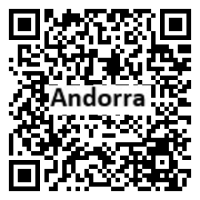Country Summary
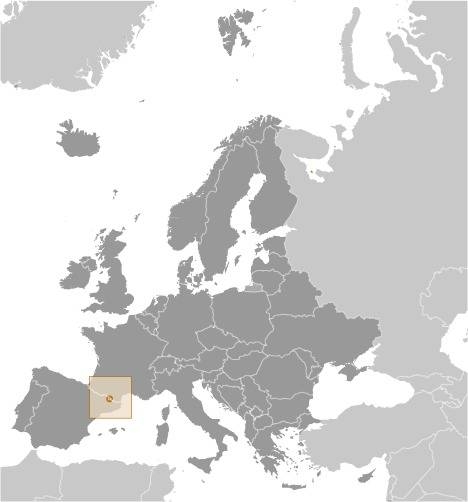
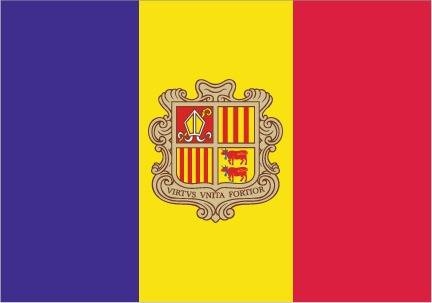
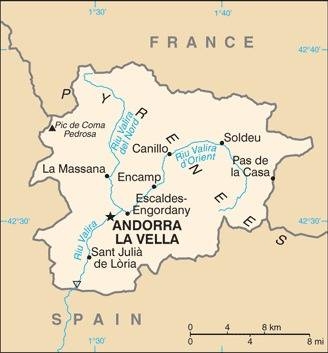
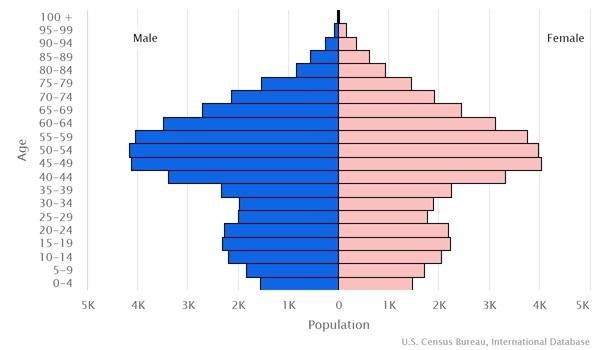
Introduction
Background
The landlocked Principality of Andorra is one of the smallest states in Europe. Although not a member of the EU, Andorra enjoys a special relationship with the bloc that is governed by various customs and cooperation agreements; it uses the euro as its national currency.
Geography
Area
total: 468 sq km
land: 468 sq km
water: 0 sq km
Climate
temperate; snowy, cold winters and warm, dry summers
Natural resources
hydropower, mineral water, timber, iron ore, lead
People and Society
Population
85,560 (2022 est.)
Ethnic groups
Andorran 48.3%, Spanish 24.8%, Portuguese 11.2%, French 4.5%, Argentine 1.4%, other 9.8% (2021 est.)
Languages
Catalan (official) 35.7%, Castilian 43.2%, Portuguese 17.1%, French 8.9%, English 1.8%, other 5% (2018 est.)
Religions
Christian (predominantly Roman Catholic) 89.5, other 8.8%, unaffiliated 1.7% (2020 est.)
Population growth rate
-0.1% (2022 est.)
Government
Government type
parliamentary democracy (since March 1993) that retains its chiefs of state in the form of a co-principality; the two princes are the President of France and Bishop of Seu d'Urgell, Spain
Capital
name: Andorra la Vella
Executive branch
chief of state: Co-prince Emmanuel MACRON (since 14 May 2017); represented by Patrick STROZDA (since 14 May 2017); and Co-prince Archbishop Joan-Enric VIVES i Sicilia (since 12 May 2003); represented by Josep Maria MAURI (since 20 July 2012)
head of government: Xaviar Espot ZAMORA (since 16 May 2019)
Legislative branch
description: unicameral General Council of the Valleys or Consell General de les Valls (a minimum of 28 seats; 14 members directly elected in two-seat constituencies (7 parishes) by simple majority vote and 14 directly elected in a single national constituency by proportional representation vote; members serve 4-year terms); note - voters cast two separate ballots - one for a national list and one for a parish list
Economy
Economic overview
high GDP; low unemployment; non-EU Euro user; co-principality duty-free area between Spain and France; tourist hub but hit hard by COVID-19; modern, non-tax haven financial sector; looking for big tech investments; new member of SEPA and IMF
Real GDP (purchasing power parity)
$3.327 billion (2015 est.)
Real GDP per capita
$49,900 (2015 est.)
Agricultural products
small quantities of rye, wheat, barley, oats, vegetables, tobacco, sheep, cattle
Industries
tourism (particularly skiing), banking, timber, furniture
Exports
$78.71 million (2015 est.)
Exports - partners
Spain 40%, France 19%, United States 11%, Mauritania 5% (2019)
Exports - commodities
integrated circuits, medical supplies, essential oils, cars, tanned hides (2019)
Imports
$1.257 billion (2015 est.)
Imports - partners
Spain 71%, France 17% (2019)
Imports - commodities
cars, refined petroleum, perfumes, shaving products, liquors (2019)
Exchange rates
euros (EUR) per US dollar -
Page last updated: Friday, December 16, 2022
